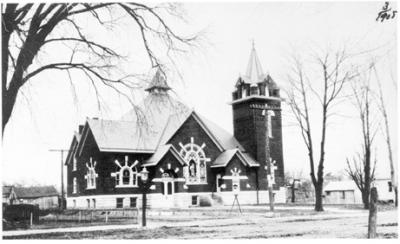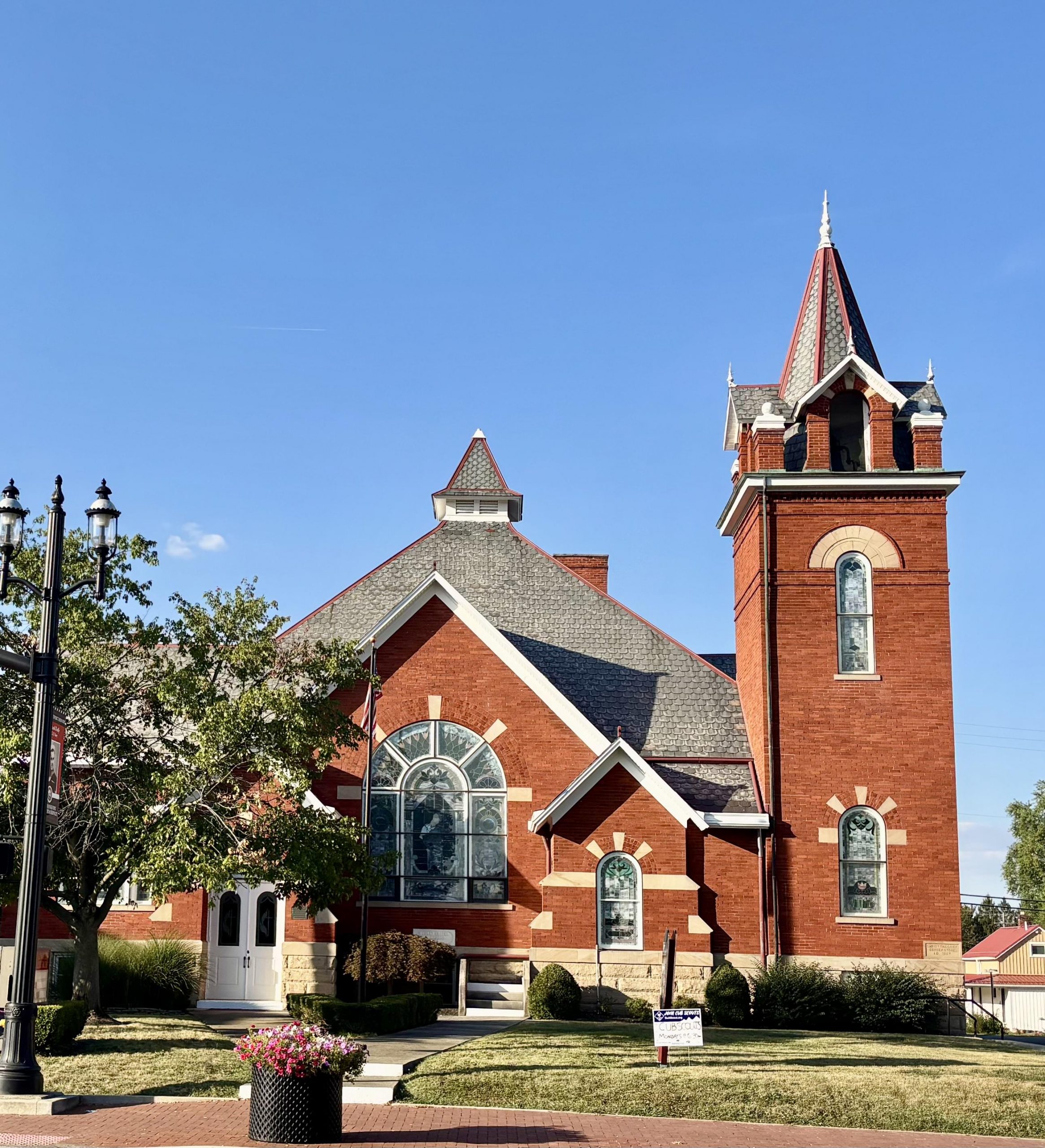Groveport Brick Company Brought Industry


By Marylee Bendig
(Originally published Sept. 30, 1996)
The Ohio and Erie Canal provided Groveport with access to an inland waterway system, which had a direct impact on the community’s economy in the early 1830s.
The canal enabled farmers to transport their produce and grain which was the main business of the canal boats to new markets. Merchants opened shops and warehouses were built near the banks of the canal. The community prospered and grew.
With the influx of people into the area, the need for building materials increased and so did the demand for brick-which was needed for foundations, chimneys, ovens and kilns.
Brickmaking was a common industry in Europe at the end of the 13th century, and the first settlers in the eastern part of the United States brought with them the skills necessary for making brick.
Although bricks were imported into the colonies in the 17th and 18th centuries, by 1621 they were also being made in Jamestown, Virginia.
At the turn of the century, the land adjacent to the canal in the village 0f Groveport, which is known as Wirt and Rohr roads, was a good location for the local brickyard. The land was full of clay, the basic raw material used in the manufacturing of bricks.
According to the Groveport Centennial, the Claycraft Brick Co. stood on the site formerly occupied by William Mason’s tile factory. The plant employed workers who lived in houses built and owned by the clay company and located along the banks of the canal.
A fire in the spring of 1911 destroyed the factory but was immediately rebuilt and stayed operational until the clay bed was exhausted and the production of high-quality brick was impossible.
As recorded in the book Brick and Brickmaking, the Claycraft Brick Co. manufactured a brand of brick called “Velour” in 1910.
When the United Methodist Church was built in Groveport, the bricks were purchased from the local plant and the bricks were used in the construction of many public buildings in Columbus. Groveport resident, Adella Raver’s uncle, Lee Mansfield, worked at the plant. Mansfield’s father George owned and operated a freighter on the canal.
The Mansfield family also owned a warehouse on what is now College Street that was known as the “Warehouse Lot”.
“When the railroad came through town and the canals closed, the warehouses became obsolete and his business dropped off,” Raver said.
Mansfield’s record-keeping consisted of penciled marks on the wall with the debtors name above. Mansfield also provided other services.
“I can remember being told that my great-grandfather charged Mr. Pontius (a prominent community leader and farmer) one penny per bushel to haul his potatoes for storage at the warehouse,” Raver said.
Raver’s aunt, Ola Mansfield, sold the site known as the Warehouse Lot to the village of Groveport in 1947. The Madison Township Fire Department building was built there.

